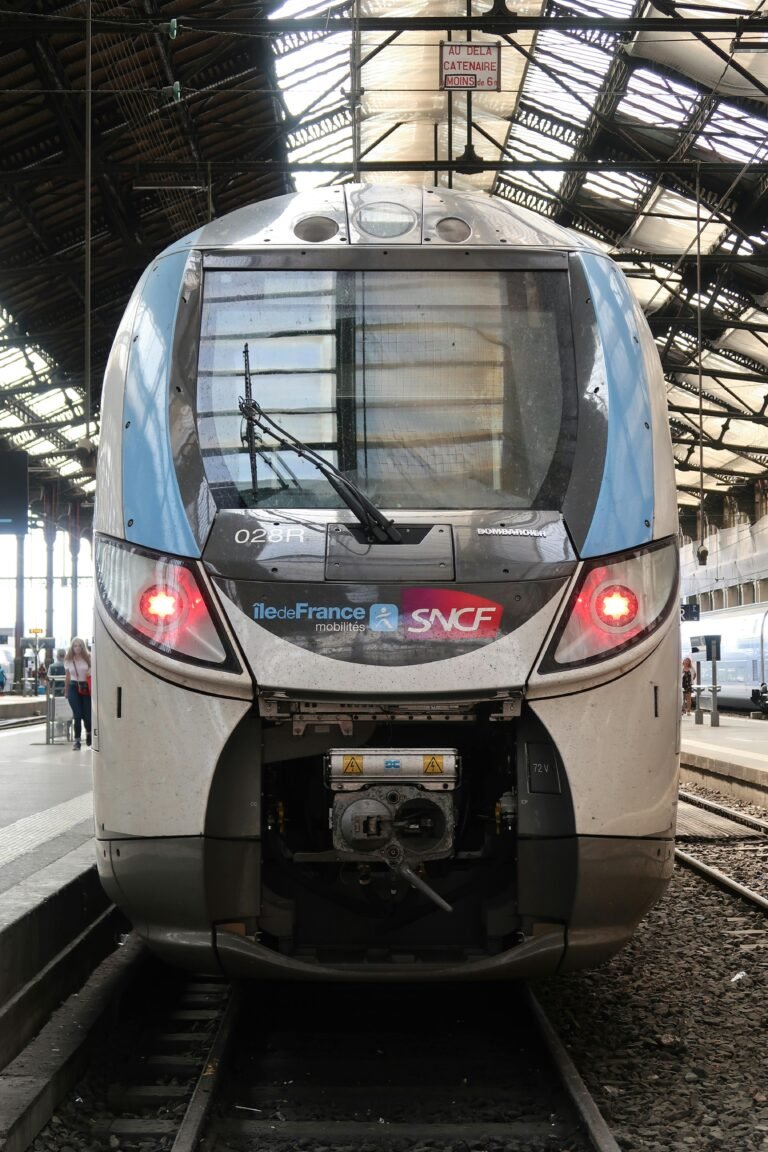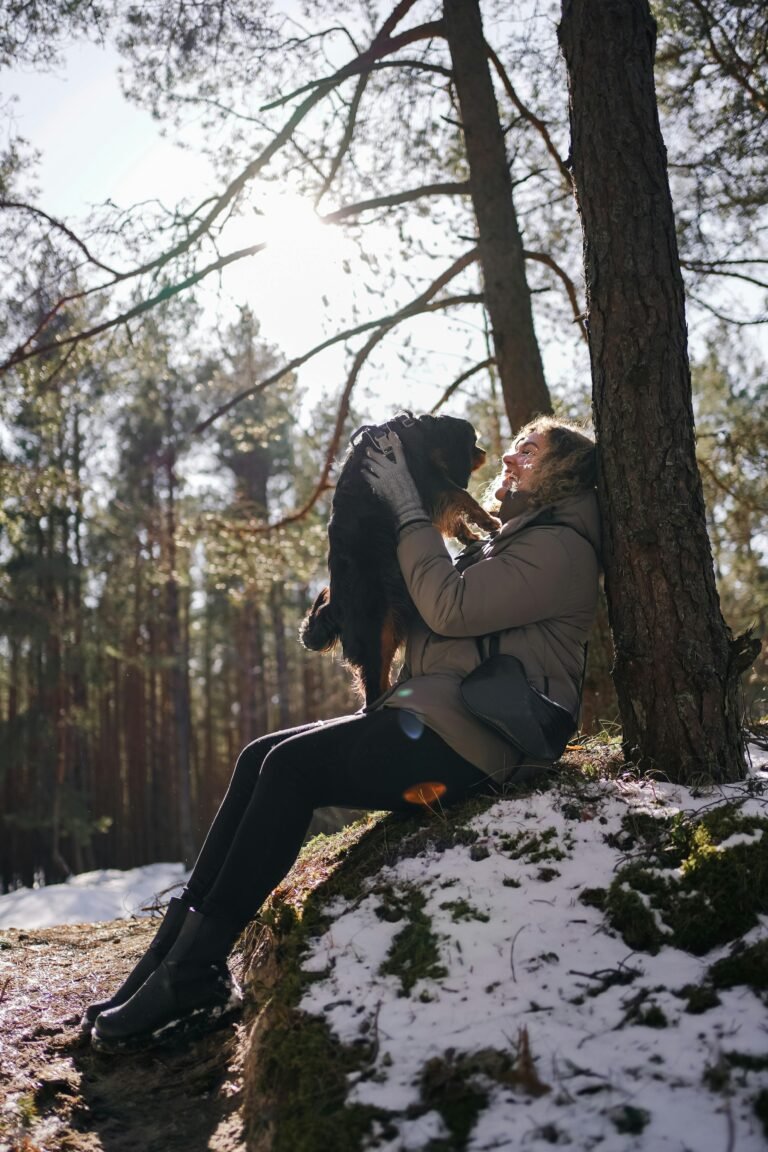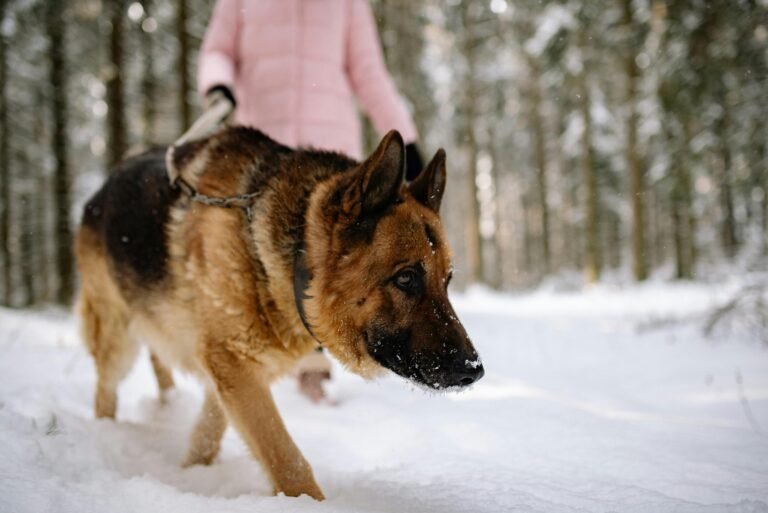Introduction
Riding buses, metros, and trains with your dog can unlock a whole new level of freedom while traveling. But public transport rules for pets vary wildly from city to city — what’s easy in Berlin might be tricky in Tokyo. Knowing the regional differences ahead of time helps you avoid stress and enjoy your adventures with confidence. Whether you’re commuting at home or traveling internationally, here’s your ultimate guide to public transport with dogs — organized by region.
North America: Pet Travel on the Go
Public transport across the U.S. and Canada is becoming more welcoming to dogs, though policies differ by city and system. In general, smaller dogs have it easier — most systems allow them in carriers, while large dogs face restrictions during peak hours.
United States
- New York City (MTA): Dogs must be contained in carriers at all times — yes, even large ones. Creative New Yorkers have been spotted carrying Huskies in oversized tote bags to comply.
- San Francisco (Muni/BART): Leashed dogs can ride off-peak hours on Muni; BART allows only small dogs in carriers.
- Chicago (CTA): Dogs allowed if they don’t disturb other passengers and can ride on laps or in carriers.
- Seattle (Metro & Light Rail): More relaxed — leashed dogs are allowed if they’re well-behaved and not crowding the aisle.
Pro Tip: Plan rides between 9:30 a.m. and 3:30 p.m. to avoid commuter rush and have more space. Keep a collapsible bowl handy — city days can be long and dehydrating.
Canada
- Toronto (TTC): Dogs are welcome during off-peak hours; leashes required. Many commuters bring their dogs on weekends to city parks.
- Vancouver (TransLink): Small dogs in carriers only. No leashed dogs allowed on trains yet, though buses can be more flexible.
- Montreal (STM): Follows similar rules — carriers only, unless in designated areas during low traffic times.
North American systems tend to prioritize safety and cleanliness, so keeping your dog quiet, close, and well-mannered earns approving smiles from fellow passengers.
Europe: Dog-Friendly and Proud
Europe leads the way when it comes to pet inclusivity on public transport. Most cities allow leashed dogs of any size, often requiring a muzzle for large breeds and a small ticket fee. Your pup can ride metros, trams, buses, and even intercity trains with ease.
Germany
- Dogs are welcome on Deutsche Bahn trains and local transport networks (BVG, MVG, etc.).
- Small dogs travel free if in a carrier; larger dogs need a child’s ticket.
- Muzzles required on some regional trains and buses.
Berliners regularly commute with dogs — it’s part of daily life, and locals are used to sharing space with furry riders.
France
- In Paris, small dogs in bags travel free; larger dogs need a reduced fare and must wear a muzzle.
- Most regional trains (SNCF) allow dogs up to 6 kg free in carriers, while bigger dogs cost 7€–10€ per journey.
- Paris Métro and trams are generally pet-friendly if leashed and calm.
Don’t be surprised to see a French bulldog napping under a café chair — urban French dogs are pros at public manners.
Italy
- Rome, Milan, and Florence metros allow dogs with muzzles and short leashes.
- Trenitalia trains welcome pets under 10 kg in carriers for free; large dogs need a ticket and muzzle.
- Buses and ferries are pet-friendly, though local regulations vary by region.
Tip: Italians adore dogs — but expect polite reminders if your pup hops onto a seat. A small towel helps prevent that faux pas!
United Kingdom
- London Underground: Dogs ride free and do not need muzzles. Escalators can be slippery — use elevators when possible.
- National Rail: Two dogs per passenger ride free if leashed and well-behaved.
- Most buses allow dogs at the driver’s discretion; always ask before boarding.
Britain’s balance of politeness and pet culture makes city commuting surprisingly easy. Bonus: many cafés and pubs near Tube stops welcome dogs too.
Asia-Pacific: A Mix of Restriction and Progress
Asia’s pet transport culture is changing fast. While cities like Tokyo and Singapore enforce strict rules, others like Melbourne and Seoul are easing up, reflecting growing pet-friendly lifestyles.
Japan
- All pets must be in carriers that can fit on your lap or under a seat (JR Rail, Tokyo Metro).
- No barking or mess tolerated; small size limits (approx. 10 kg).
- Long-distance trains require advance booking for pets.
Japanese commuters value quiet and cleanliness — if your dog travels discreetly, you’ll blend right in.
Singapore
- Pets are not yet allowed on public transport, though pet taxis and GrabPet ride-hailing options fill the gap.
- Private car services or rental options are best for now.
Singapore’s strong animal welfare movement means rules could evolve soon — the city is seeing more dog-friendly parks, cafés, and condos each year.
Australia
- Sydney & Melbourne: Small dogs in carriers allowed on trains and trams; regional transport may allow leashed dogs with approval.
- Brisbane: Buses and ferries often welcome small dogs at driver discretion.
Australians love outdoor living, and transport rules are catching up — slowly. Expect relaxed attitudes in smaller cities and coastal areas.
Safety and Comfort Tips for All Regions
- Check local rules: Each metro or transport site lists pet policies — always double-check before heading out.
- Train with noise exposure: Play transport sounds at home to desensitize sensitive dogs.
- Use non-slip booties: Train floors can be slippery, especially for senior dogs.
- Hydrate and ventilate: Busy, hot metros can dehydrate pets quickly — bring a small bowl and water bottle.
- Carry wipes and bags: Cleanliness is universal courtesy, no matter the city.
Conclusion
From New York’s noisy subways to Berlin’s laid-back trams, each city has its own rhythm — and your dog can learn to move with it. The secret to stress-free public transport with dogs isn’t about memorizing every rule; it’s about preparation, respect, and calm confidence. Wherever your travels take you, remember: your dog looks to you for reassurance. So grab the leash, take a deep breath, and step aboard — together, you’re city explorers on a global adventure.






